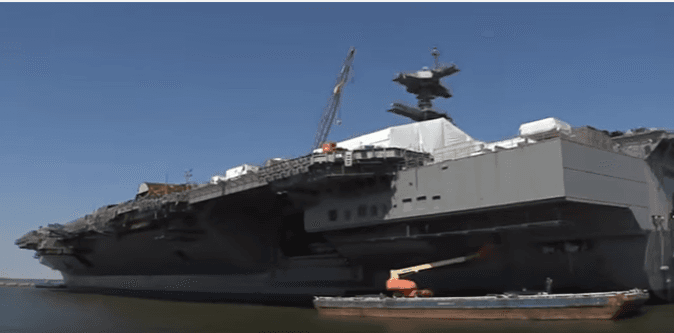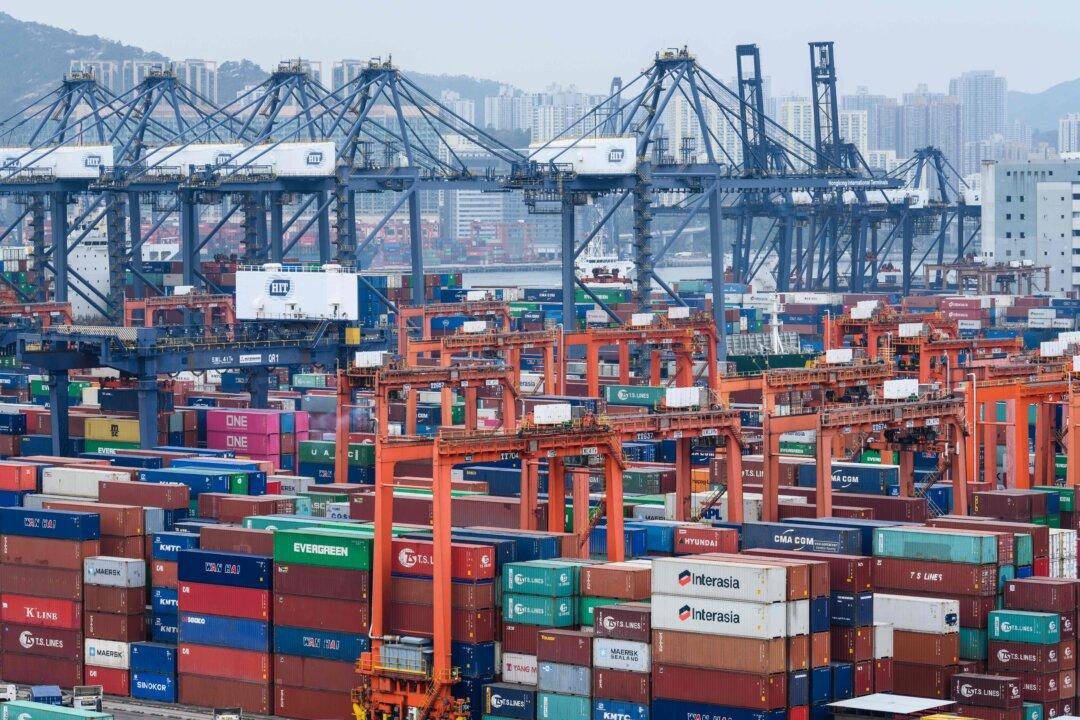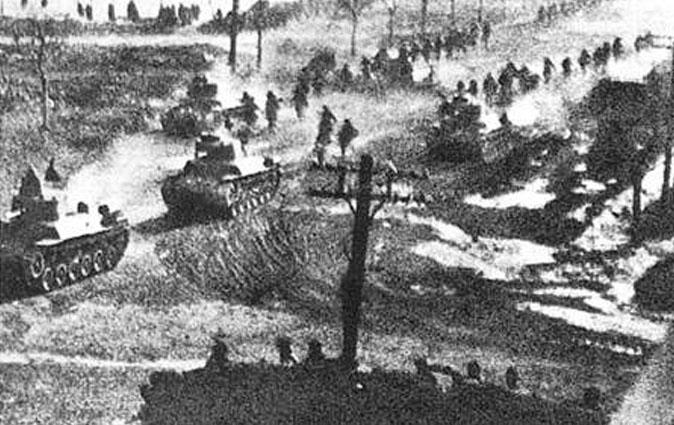The most expensive warship in history continues to face delays in its delivery, despite expectations that it would be ready this September.
The $13-billion USS Gerald R. Ford (CVN 78), which had already been two years behind schedule, was determined as unfit for combat by the Pentagon’s top weapons tester. The Navy’s newest aircraft carrier is facing difficulties in terms launching and recovering aircraft, moving onboard munitions, conducting air traffic controls, and ship self-defense according to a memo obtained by CNN.
In the memo, Michael Gilmore, the Defense Department’s director of operational test and evaluation, wrote to Pentagon and Navy buyers that the four systems “affect major areas of flight operations,” adding that until they are resolved, the warship’s ability to fight would be restricted.
To fix these problems, a redesigning of the carrier’s aircraft launch and recovery systems is likely required, which would result in another delay. A few days ahead of the report, the Navy said the USS Ford would not be ready before November 2016 due to unspecified testing issues.
The ship might not be delivered to the fleet until 2017, the report noted.
Arizona Senator John McCain, chairman of the Senate Armed Services Committee, called the delays “unacceptable” and “entirely avoidable” in a statement earlier this month.
“The Ford-class program is a case study in why our acquisition system must be reformed — unrealistic business cases, poor cost estimates, new systems rushed to production, concurrent design and construction, and problems testing systems to demonstrate promised capability,” McCain said.
He added that taxpayers deserve to know the amount of developmental risk that remains in the program after cost overruns have increased.
The USS Gerald Ford is the first of three Ford-class carriers ordered by the Navy, and the program costs about $42 billion in all. As the first aircraft carrier designed in 40 years, the USS Gerald Ford is unique in that it incorporates new technological systems. It is equipped with two newly-designed reactors that hold 250 percent more electricity than previous carriers.
However, the integration of the new technologies have contributed to the program’s delays, the Navy told CNN.
The Ford is currently 98 percent complete with 88 percent of the test program finished.




